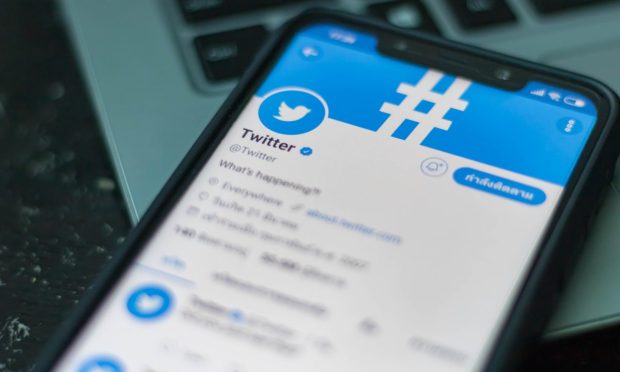Shopify-Twitter Deal Highlights Social Media’s Growing Role in Retail

Deal by deal, partnership by partnership, the connected economy takes shape.
And social media’s role in that evolution becomes ever-more important.
In just one example, on Wednesday (June 22), Twitter and Shopify announced that the latter’s merchants will now be able to display and update, in real time, dozens of items in their Twitter profiles.
And in terms of mechanics, Twitter is debuting a sales channel app for Shopify’s U.S. merchants. That app will let merchants onboard to Twitter’s Shopping Manager, then link and sync their product catalogs.
The relationship underscores two trends: The growing use of social media to discover what we want to buy; the need to meet consumer expectations that what they find, and want to buy, will be readily available.
After all, one of the key frustrations in commerce rests with inventory stockouts, with the lack of transparency that comes after clicking all the way through to the checkout page only to find out that the transaction will be a no-go.
Modernizing the Catalog
We’re seeing the urgency of what we might term “catalog modernization” take shape across consumer-facing interactions, but also B2B, too.
As noted in this space in recent weeks, Elastic Path CEO Jamus Driscoll told PYMNTS CEO Karen Webster, that the traditional catalog “experience” is clunky and inefficient in its current digital incarnation.
On the web, brands and enterprises have only a few minutes, seconds really, to fully engage the end-user, whether it be a consumer or B2B transaction.
Within that short window, they have to offer the right product, within context, at an appealing price. Providers such as Elastic Path offer EP PXM, which in turn centralizes commerce product merchandising and catalog creation into one place.
Read Also: Old Catalogs Get Digital Makeover That Allows Easy Updates in Real Time
Beyond the ways and means of making sure that product information is updated, consistently and constantly, there’s a notable blurring of the lines in the connected economy, where cross-pollination makes social interaction inextricably linked to shopping.
PYMNTS found in its most recent deep dive into the connected economy that consumers are 40% more engaged in the digital activities that don’t involve making a purchase, such as streaming videos and hanging out with friends on social networks, than those that are only about transacting, such as shopping and paying bills.
By embedding commerce into those interactions, we start to see a broader continuum of activities that lead naturally to finding new items and services that become top of mind and find their way into online shopping baskets. There’s certainly room for “live shopping,” via social media, to take root. Our research shows that the digital transformation, as measured across 11 countries globally, is only 27% complete.
Read more: How the World Does Digital: Digital Transformation Is Now at Only 27% of its Full Potential
